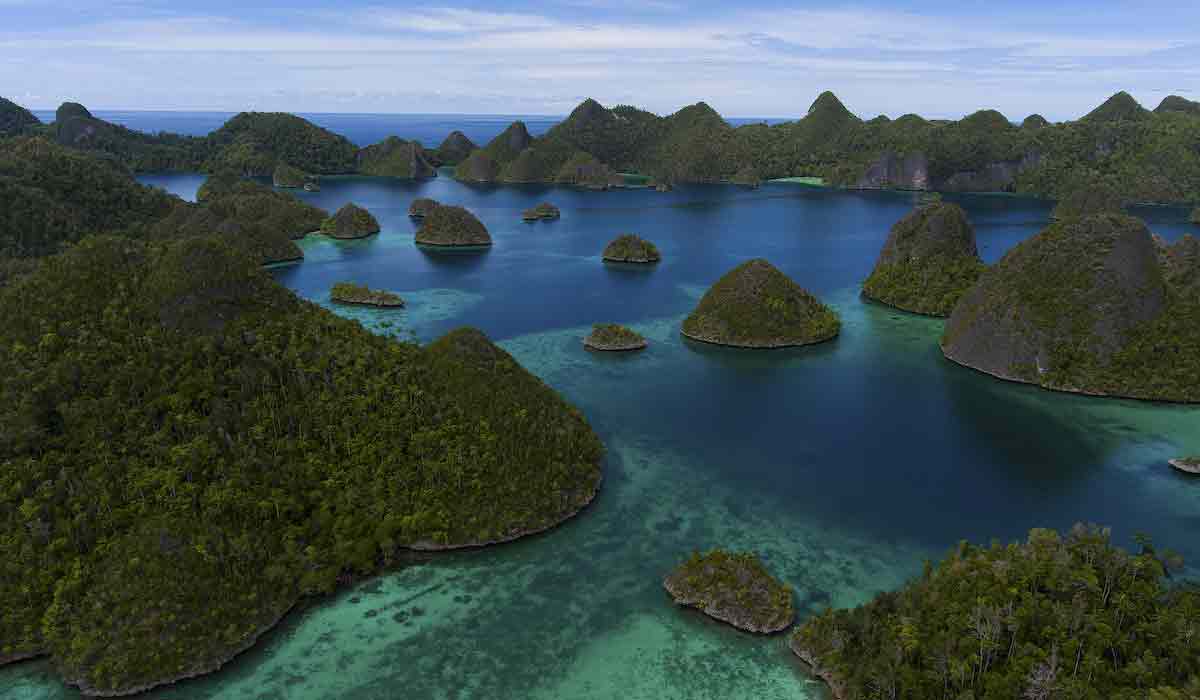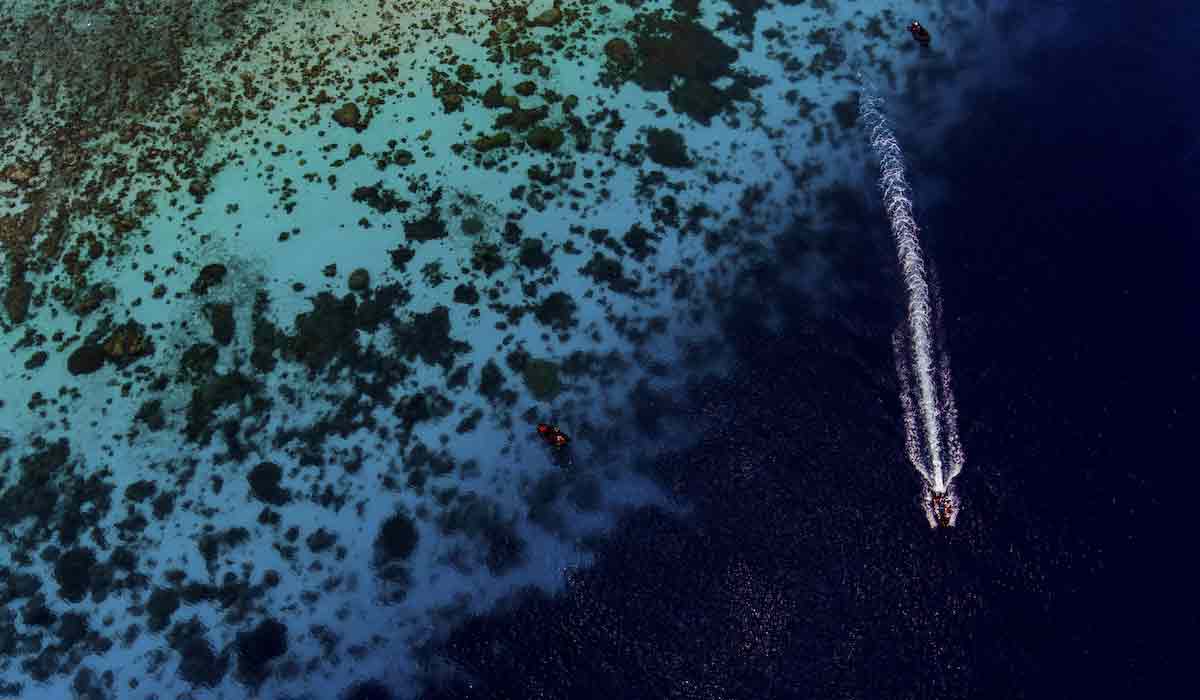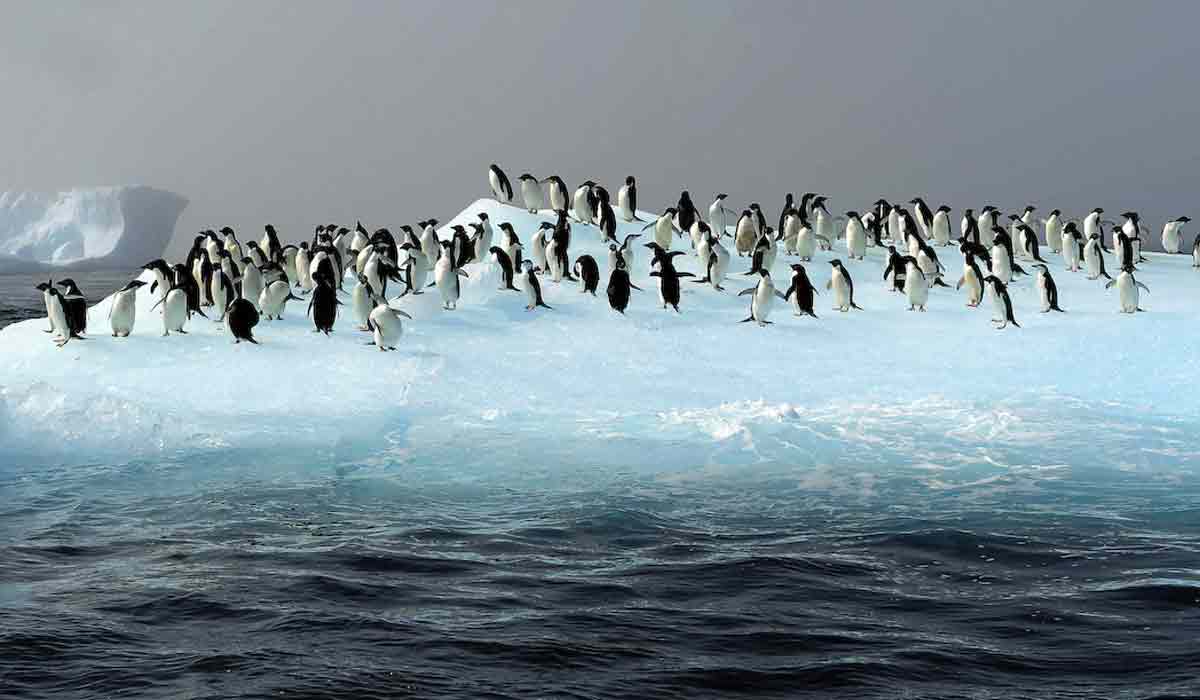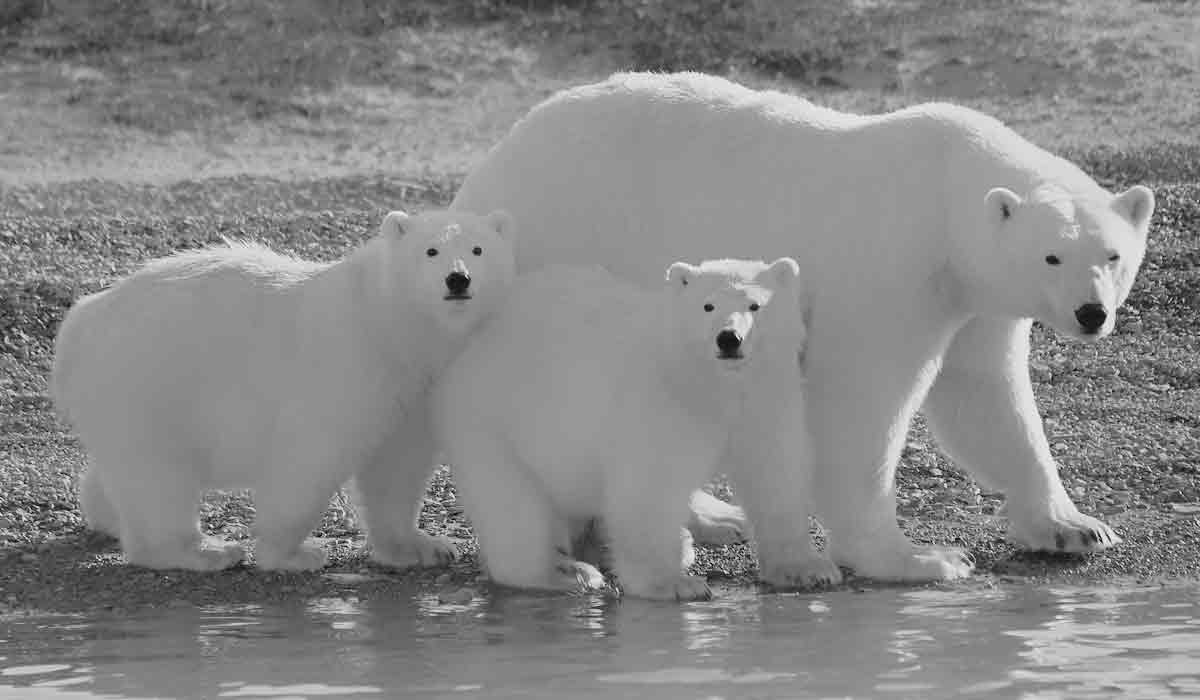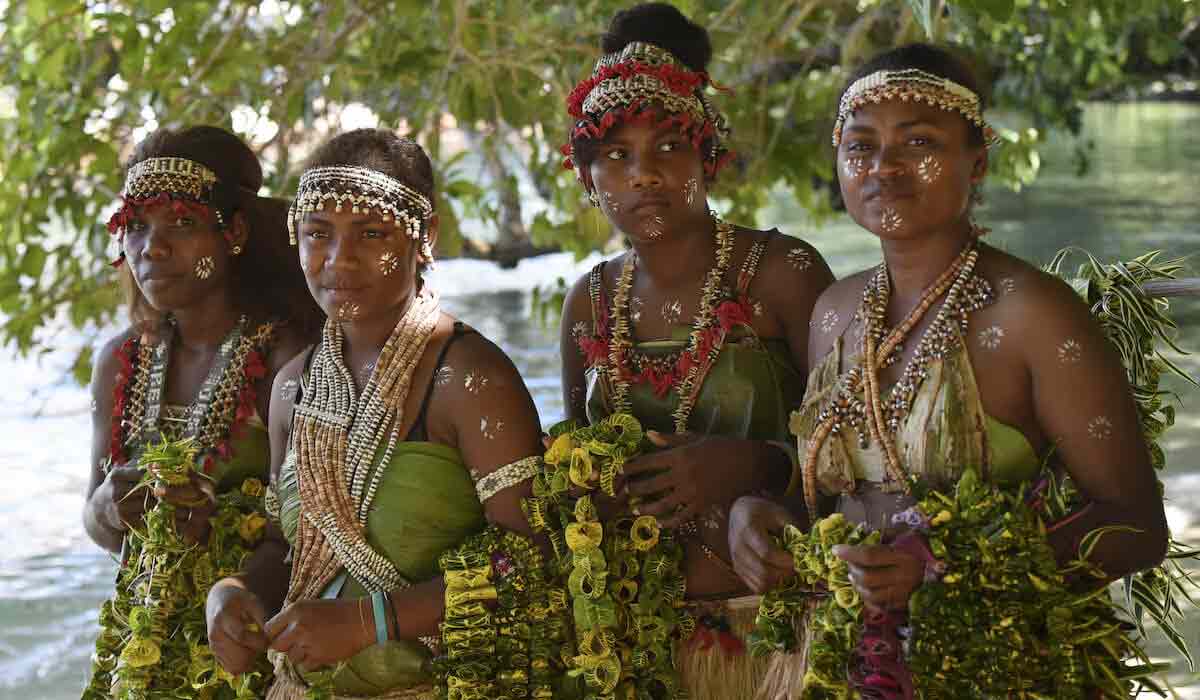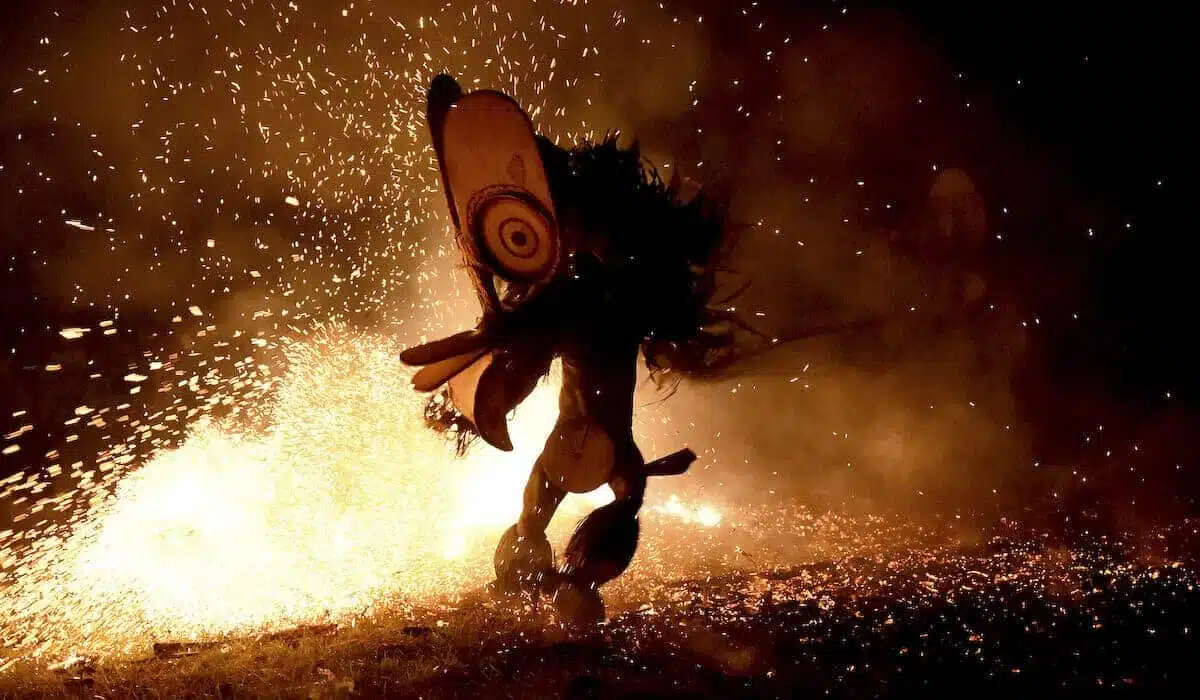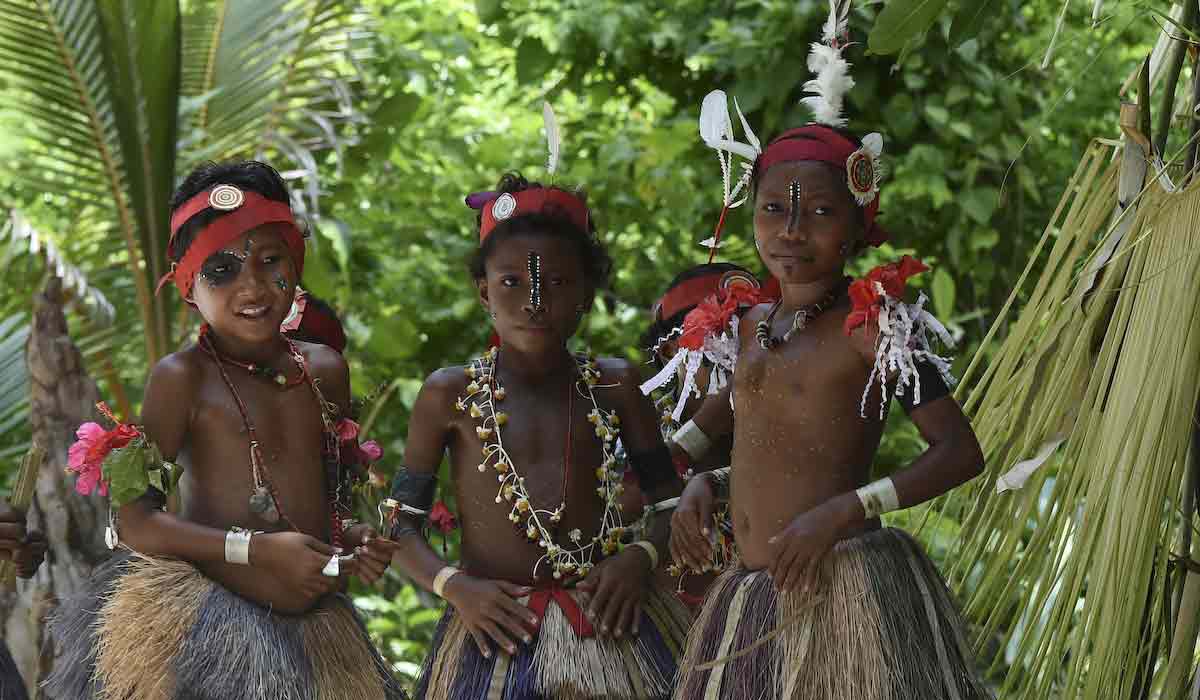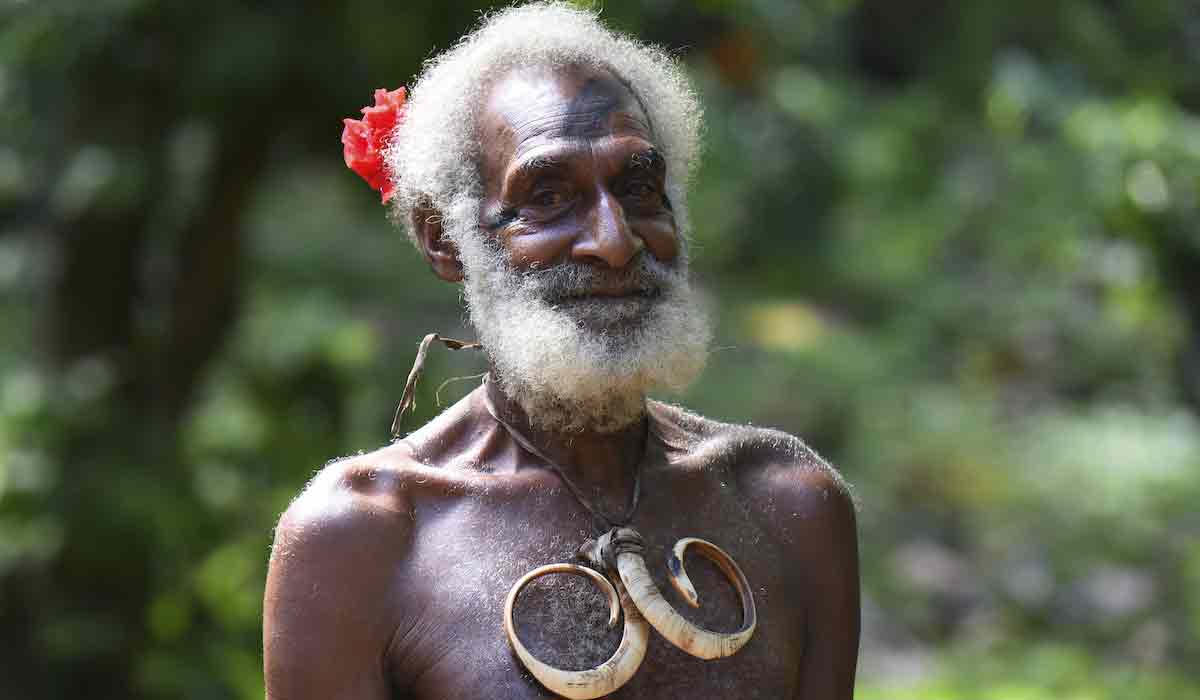Interview with a photographer whose work bears witness to a fascinating world.
For the last 13 years, Nathalie Michel has been one of Ponant’s signature photographers, focusing on the out-of-the-ordinary across the globe. Curiosity, respect for her subjects, and a love for travel and the remote treasures of the planet — all this inspires Nathalie Michel and influences her way of looking at the world.
How did you choose travel photography?
Nathalie Michel : It was somewhat by accident that I stumbled upon a career in photography, and it was love at first sight. I found myself caught up in the desire to share, to bear witness. Subsequently, a love for the sea and an urge to set sail led me to travel photography. The maritime world is extremely impressive depending on the conditions brought on by storms, light, and—though it can’t be seen in a photograph—smell. The atmosphere changes every single day.
It’s also important to me to continuously learn about people, fauna, and flora. I’m lucky to be able to travel across all the continents and to share the diversity and beauty of the world with people who don’t have the opportunity to see it all.
How did this career take you to Ponant?
Nathalie Michel: I was lucky enough to set sail 25 years ago with another company. But the world of the sea inevitably leads to Ponant. Some of my friends already worked at Ponant and they asked me to join them, assuring me that I would find my place there. I admit that in the beginning I got on board thinking, “I’ll do a year or two.” In the end, I’ve barely noticed the last thirteen years go by! I’ve been aboard all the ships: Le Diamant, then Le Boréal, L’Austral, Le Soléal, Le Lyrial, and finally Le Lapérouse, a magnificent ship, launched in July 2018. Ponant is an adventure that flies by and takes you far, and, I think, helps make all your dreams of non-stop travel and discoveries a reality. I always want to go further. That’s what’s inspiring in my career – to tell yourself that the most beautiful photograph is the one you’ll take tomorrow.
Today, how many photographers and film-makers work within the Ponant fleet?
Nathalie Michel: I had the opportunity to start on Le Diamant, with my husband Frédéric, who is a film-maker. We were a small team. Then, with the arrival of new ships, we had to recruit and train more people. We look for candidates who are always passionate and involved and who have a constant thirst for discovery. Today, we have ten photographers and film-makers on the ships. By 2021, we plan to have 30 photographers and cameramen on board.
The goal is to support Studio Ponant, created in 2016 and made up of an image bank (a photo library). Its purpose is to promote the image of Ponant and to make the company visible around the world. The photographs are used on social media, in our brochures, etc. Studio Ponant is Ponant’s image DNA, in terms of both photos and videos.
What is the life and schedule of a photographer or film-maker on board?
Nathalie Michel: We are there from embarkation day, when the guests arrive, to map out the story of their cruise. In photos, we preserve the welcome with the Captain, the first handshake, the first contact with the ship. Then, we continue with the classic sequence of events: the safety instructions, followed by the Captain’s welcome cocktail party, complete with ball gowns and emanating a cruise spirit à la française, with all its style and splendor. Most importantly, whether you’re on an expedition cruise or not, you will discover the destination very quickly. We capture all the highlights: landscapes, fauna and flora, encounters with local people and their unique craftsmanship… Guests receive all the photographs on a DVD that retraces the entire story of the trip, complete with interviews with lecturers, naturalists, and Captains. A stunning photographic “Best Of” also includes all the highlights.
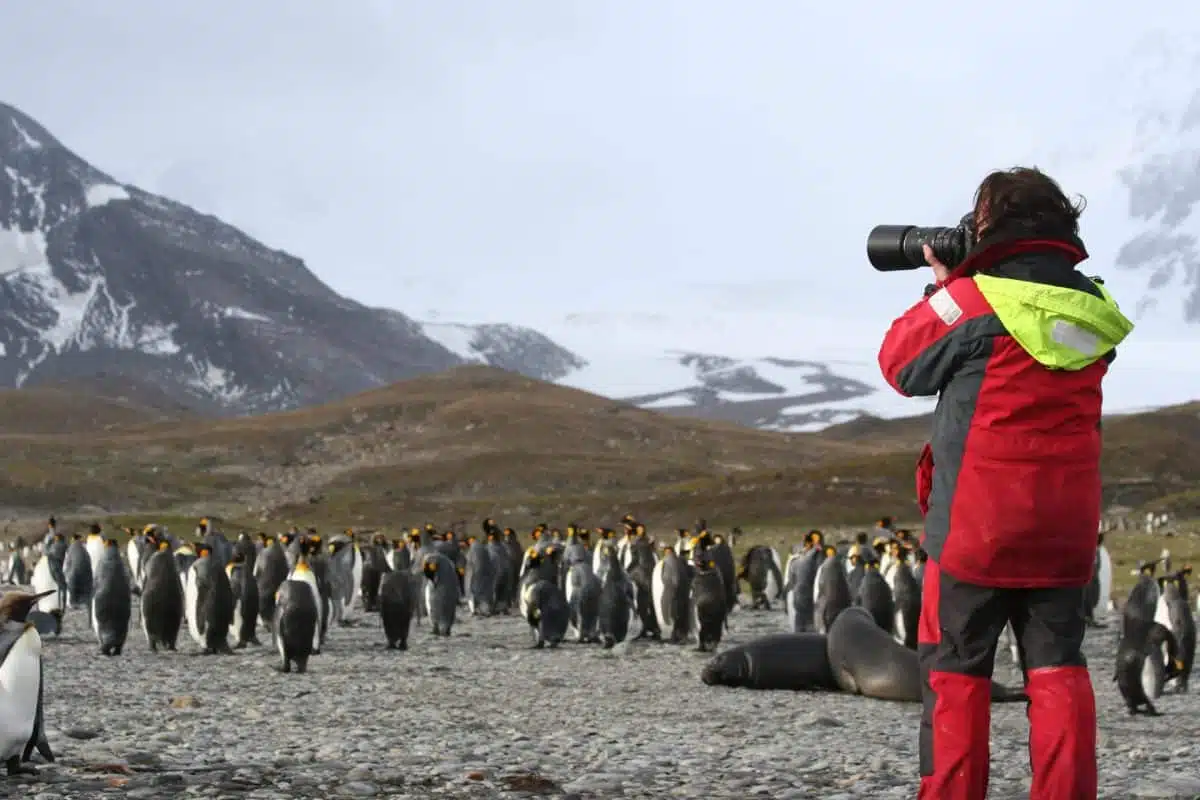
How do you reconcile your work as photographers with that of naturalists or even the presence of guests on board?
Nathalie Michel: We need to work with the naturalists and lecturers to find out the names of animals, the histories, and the places that can be described in images. They help us tremendously with our captions. There is true teamwork on board.
During expedition cruises, we take part in the briefings that the expedition leader gives to the naturalists before every landing. The photo and video teams go with the first Zodiac launched. The naturalists scout the location to ensure that the guests will be safe and to protect the areas where the animals are. The photographers and cameramen accompany them. We take pictures that they will use during meetings at the end of the day. Of course, we also capture exceptional moments, such as an albatross in its nest or a seal colony. We see the same things as our guests, but our work as photographers requires that we are present in the field sooner.
When you take a photo, what is essential to share?
Nathalie Michel: When it comes to a professional photographer or film maker, the minimum that’s expected is image quality. For me, the most beautiful photographs are not the ones that are the most technically perfect. Field photographers are successful when they convey an emotion, when they capture an animal’s sensitive side, something that amuses or shocks. As for landscapes, you must find a particular essence, offer an artistic eye. You need to know how to watch and convey, share, move.
What do encounters with populations at the end of the world look like when you have a camera in your hands?
Nathalie Michel: Everywhere in the world, whether Greenland or Oceania, when our cruises are planned, expedition leaders get in touch with traditional leaders or representatives of the peoples visited. They tell them how many people will disembark and they ask what we can do or refrain from doing to respect their way of life. We are present during these conversations. We ask them what their limits are so that we do not disrupt their lives.
As far as I’m concerned, I find it very easy to make contact with people whose language I don’t speak. One thing is certain – I never make initial contact by placing my lens between me and the other person. You must become acquainted with the other, become aware of the other, during a conversation. Only afterwards do you take photographs. In such cases, I ask for permission, and I respect their wishes if they say no. A successful portrait can only be beautiful if you have the other person’s consent. Even if they don’t look directly into the camera, you can capture outbursts of laughter and certain attitudes… There’s a series of photos I entitled “When Ponant looks at the world, the world smiles back,” because we have an interest in, a respect of, and a desire to share with people. We don’t come to exploit or market them, and they feel that.
What is the most beautiful compliment you can receive regarding a photograph?
Nathalie Michel: I don’t necessarily feel the need to hear, “Oh, what a beautiful photo!” I prefer to be told: “This photo gave me shivers.” I like to convey emotions and evoke memories through a portrait or a landscape.
What is the most beautiful memory you have from a trip?
Nathalie Michel: I have many, but above all, I’ve had human encounters that have shaken me. The important thing is not to have gone around the world three times, but to be free to go anywhere in the world, to do so and to appreciate how lucky you are. I can tell myself: “Today I’m at the foot of the Corcovado in Brazil, yesterday I was on a glacier in Antarctica, and tomorrow I will be in Kamchatka with orcs, on the far eastern coast of Russia.”
Is there a place you haven’t explored yet and that you dream of?
Nathalie Michel: Africa is a continent close to my heart and that truly moves me. But even countries I’ve already visited always have something new to offer. It all depends on how old you are when you go there, and on the period during which you go, but there’s always something that will catch your interest. As a kid, I would ask myself: “What’s happening elsewhere?” This desire is still within me, inexhaustible.
What are your future plans?
Nathalie Michel: In the spirit of sharing my work, I co-wrote with Stéphane Niveau the first volume of a series of travel photo books: Cap au Nord (Northbound), about the Arctic. I’m in the middle of writing Cap au Sud (Southbound).
Nathalie Michel essentials
Impossible to choose! I’ve fallen head over heels in love with both! They’re just so different!
2. What accessory is vital for a field photographer?
Good walking shoes!
3. Which photographer is a source of inspiration for you?
Sebastiao Salgado, for his respect for and involvement with nature and peoples, for his work with shadow and light. And the emotions he manages to convey through his photographs.

From the Arctic to Antarctica, from Canada to Vanuatu, Ponant takes you to the most stunning places on the planet.



